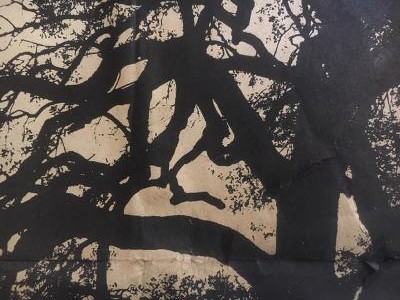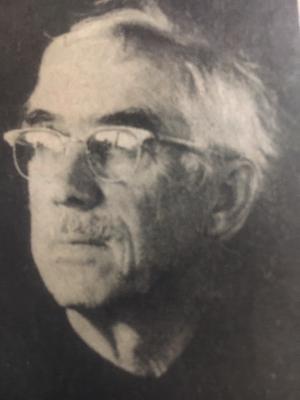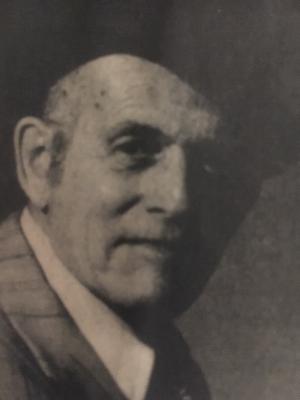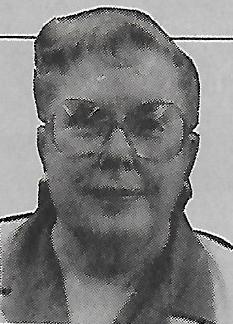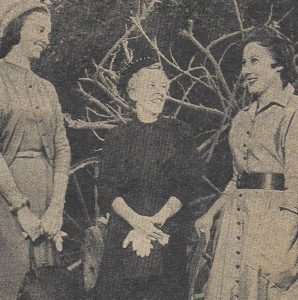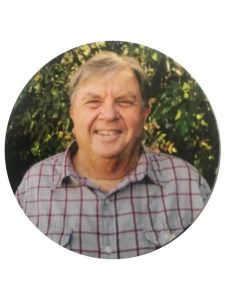The following article first appeared in the Saturday, June 21, 1986 edition of the “Ojai Valley News” on Page A-1. It is reprinted here with their permission.
San Antonio School
District board nixes landmark status
by T.C. Mitchell
A building commonly recognized in the Ojai Valley by residents as being a historical landmark will not get that official designation from the Cultural Heritage Board if the Board of Education has its way.
WHILE MEMBERS of the Ojai Unified School District school board believe as a group that it would be nice to have the San Antonio Elementary School recognized officially as a landmark of historical significance, the board will not willingly let that happen.
In discussing the designation at last week’s board meeting, Boardmember Robert Tholl said he felt the designation would restrict the district’s ability to make changes in the future. He said he didn’t want to commit future school boards to the limitations for construction, rebuilding and remodeling that the historical designation presents.
According to ordinance, before any building designated a historical landmark can be altered, notification of specific plans must be given to the Cultural Heritage Board 12 months prior to any work ever being done. School boardmembers last week said they feared that would limit changes that could be made in the future to the school, and it would require future boards to go through the county Cultural Heritage Board to have changes made at the site.
David Mason, member of the county Cultural Heritage Board, said last week that the board’s decision is not a major setback. “I don’t think there’s any danger of them (school district) tearing it down. I doubt anybody would make an issue of it. It’s important to the Ojai Valley, and I would fill the board meeting room with protesters if I heard they were going to bulldoze it down. But I don’t think it’s going to happen.”
MASON SAID the school was built in 1926 and was designed by Santa Paula architect Roy Wilson, a noted designer in Ventura County. The school replaced a Victorian design that was built in 1892, said Mason. The Victorian replaced the original school moved there in 1887 when the San Antonio School District was formed. The first school, according to Mason, was a granary.
So the school site is nearly 100 years old, adding to its significance locally. But Mason said the school board assured him during its June 3 meeting that the school was not going to be torn down.
“If they (school district) do decide to sell the property, I would like to do something. Maybe meet with the new owners or something,” Mason said. Beyond his duties as chair of the Ojai Cultural Heritage Board and as a member of the county Heritage Board, Mason also has a personal interest in the school. He attended there through the sixth grade, and so did his mother before him.
By law, the Cultural Heritage Board is not required to have the property owner’s permission to designate a building a historical landmark. But Mason said he didn’t think the county board would make an issue of designating the school as long as the school district is in possession. Should that change, Mason said designation proceedings can take place very rapidly in order to spare one of the Ojai Valley’s historical assets.


